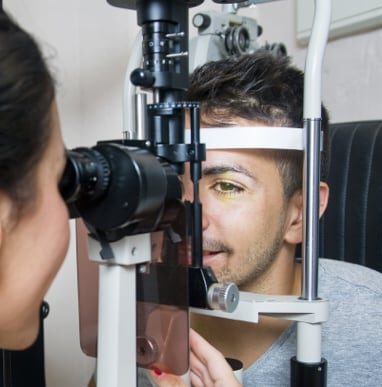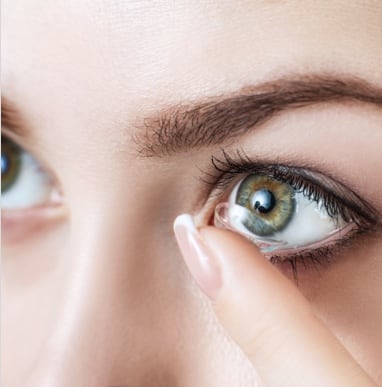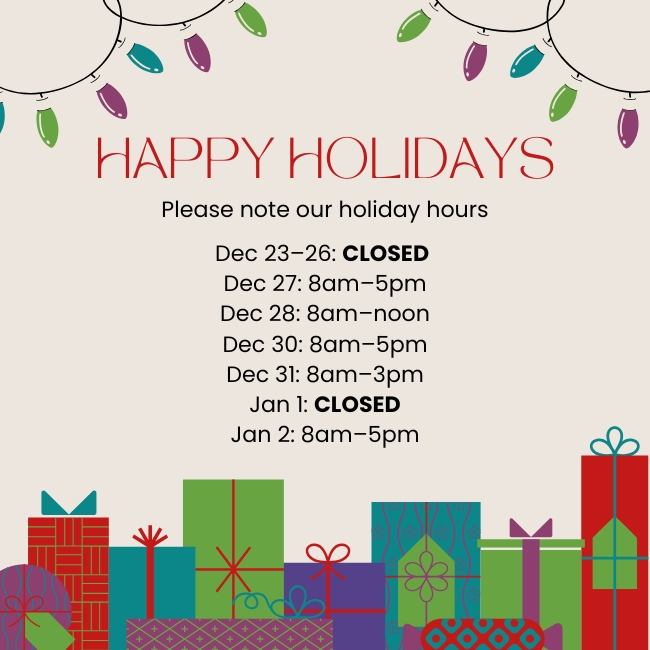
We’ve all heard that eating carrots will improve our vision. They may not give us super night vision, but eating them can help keep our eyes healthy.
What we choose to eat is one of the most important variables to our health. It affects our weight, our energy levels, our risk of many types of disease—the list goes on and on. Today, the item on that list we’re most interested in is how diet affects eye health.
Important Building Blocks Of Eye Health
Our eyes need certain nutrients, vitamins, and minerals to maintain peak functionality, so the foods we eat can make a big difference to our vision, especially in the long term.
Lutein & Zeaxanthin
Studies have linked these two nutrients to a reduced risk of chronic eye diseases such as age-related macular degeneration and cataracts. The best sources of them in our diet are eggs and leafy greens.
Omega-3 Fatty Acids
Omega-3 fatty acids are crucial for brain function and a strong immune system, and research has shown that they play an important role in visual development and retinal function. The top source of omega-3 fatty acids is fish, although they are also present in many other foods.
Vitamins C and E
Ascorbic acid (vitamin C) is an antioxidant that may lower the risk of developing cataracts and slow the progression of age-related macular degeneration and loss of visual acuity. Citrus fruits are great sources of vitamin C, but most other fruits and vegetables also contain it. Vitamin E is another antioxidant. It protects our eyes from dangerous molecules called “free radicals” that disrupt healthy tissue. Nuts and sweet potatoes are great sources.
Vitamin A and Zinc
The mineral zinc is an important “helper molecule” for all kinds of healthy processes in our bodies, including transporting vitamin A from the liver to the retina. No matter how many carrots we eat, the vitamin A is useless without zinc. Oysters have by far the most zinc per serving of any food, but it’s also present in other meats, beans, and nuts.
Vitamin A helps our eyes convert light into brainwaves and is integral to the structure of the cornea (the clear structure at the front of the eye). Vitamin A deficiency leads to blindness in between a quarter and half a million children every year.
So how do we get vitamin A? By eating foods with beta-carotene, vitamin A’s key ingredient. That’s where carrots come in, but it’s present in other yellow, orange, and leafy green fruits and vegetables. It’s actually what gives them their color!
To learn a bit more about Vitamin A and how carrots affect our vision, watch the video below:
[iframe https://www.youtube.com/embed/MpYnx3RUuzs?rel=0 620 349]
Eye-Healthy Recipes
Knowing what foods are healthy for your eyes is one thing, but finding great recipes is another! Try this baby carrot soup for a delicious way to get that much needed Vitamin A, or this roasted wild salmon and dill for your daily dose of omega-3 fatty acids. Do you have any additional eye-healthy recipes to share? Let us know in the comments below!
Diet Is Only One Piece Of The Puzzle
Eating all the right foods to promote healthy eyes is certainly a great step, but it’s not a replacement for regular eye exams. Problems unrelated to nutrition can still occur, and early detection is crucial for dealing with those problems. If it’s been a while since your last eye exam, we’d love to see you!












